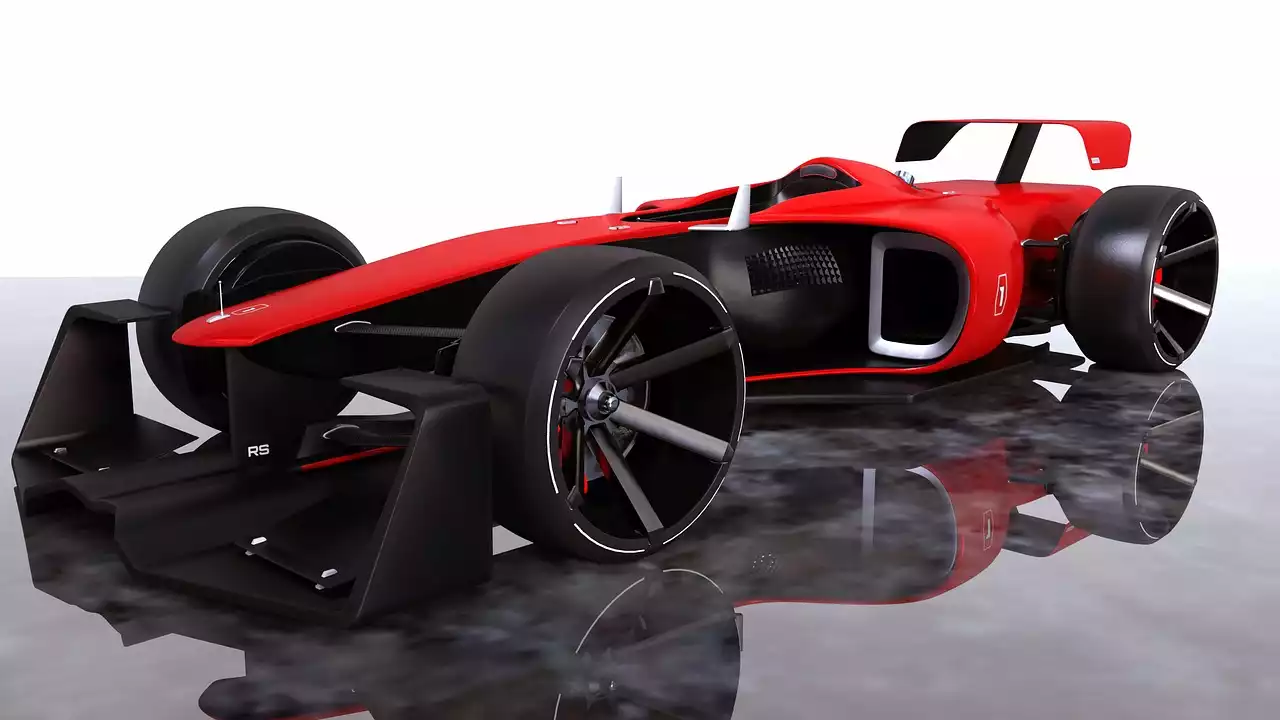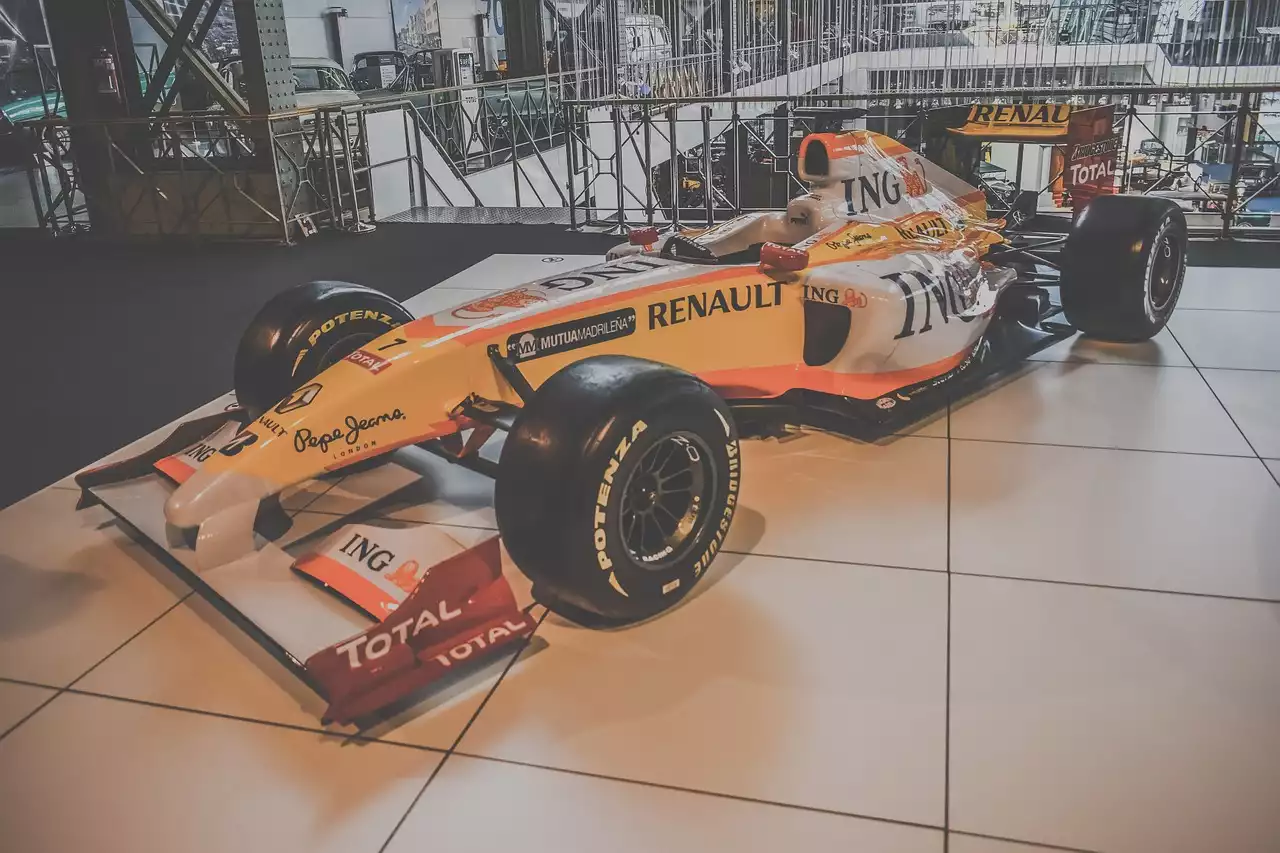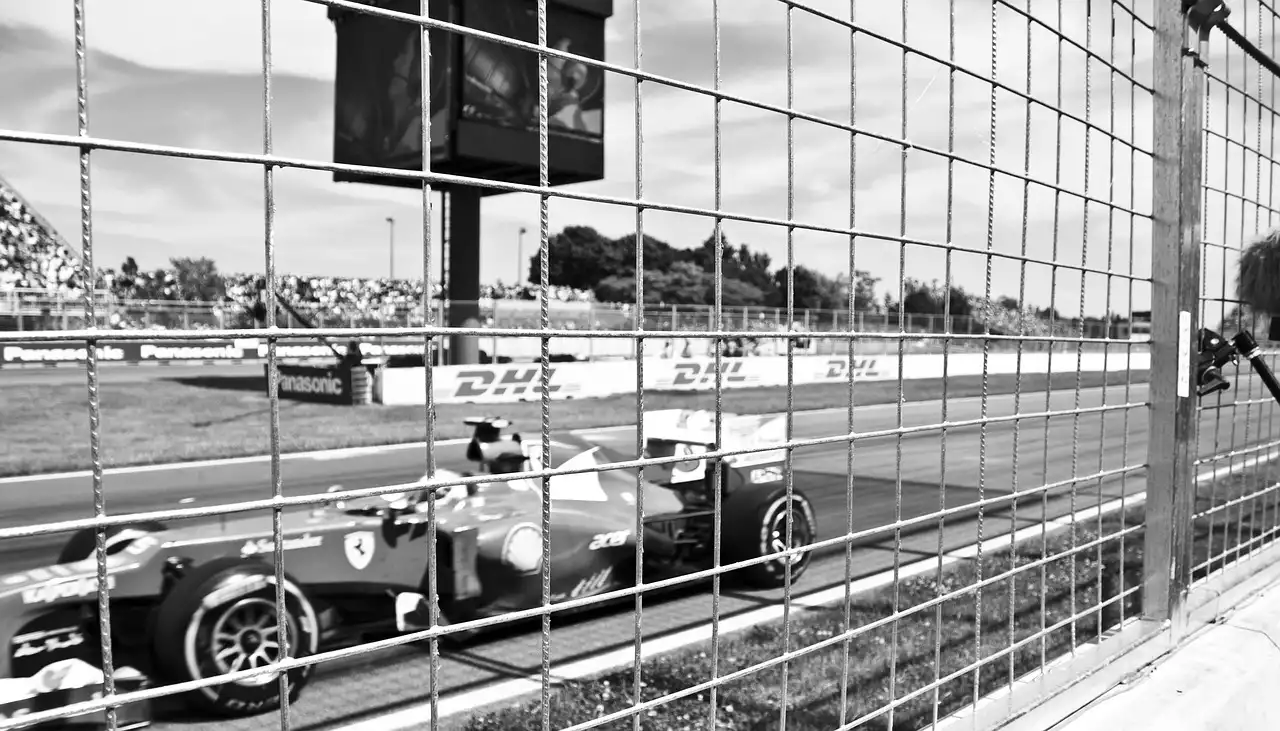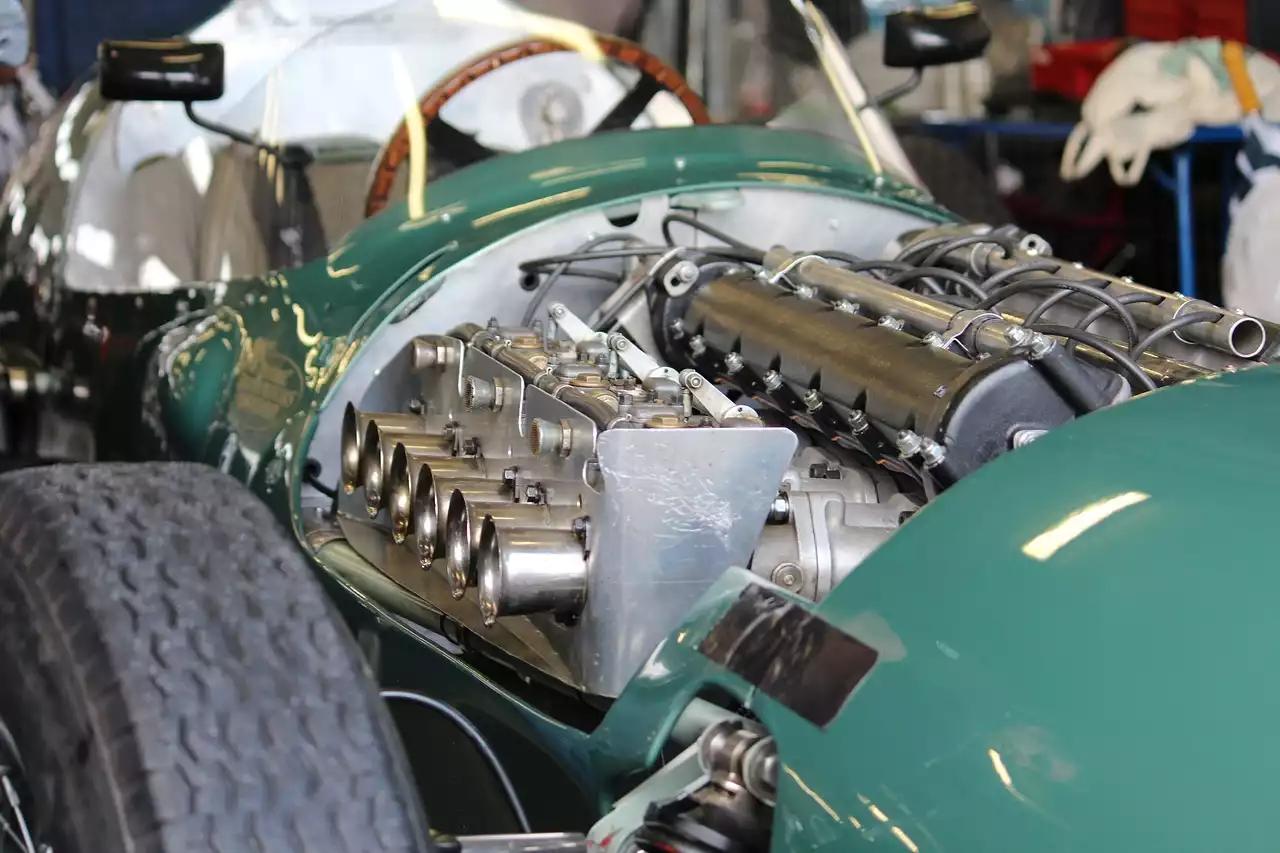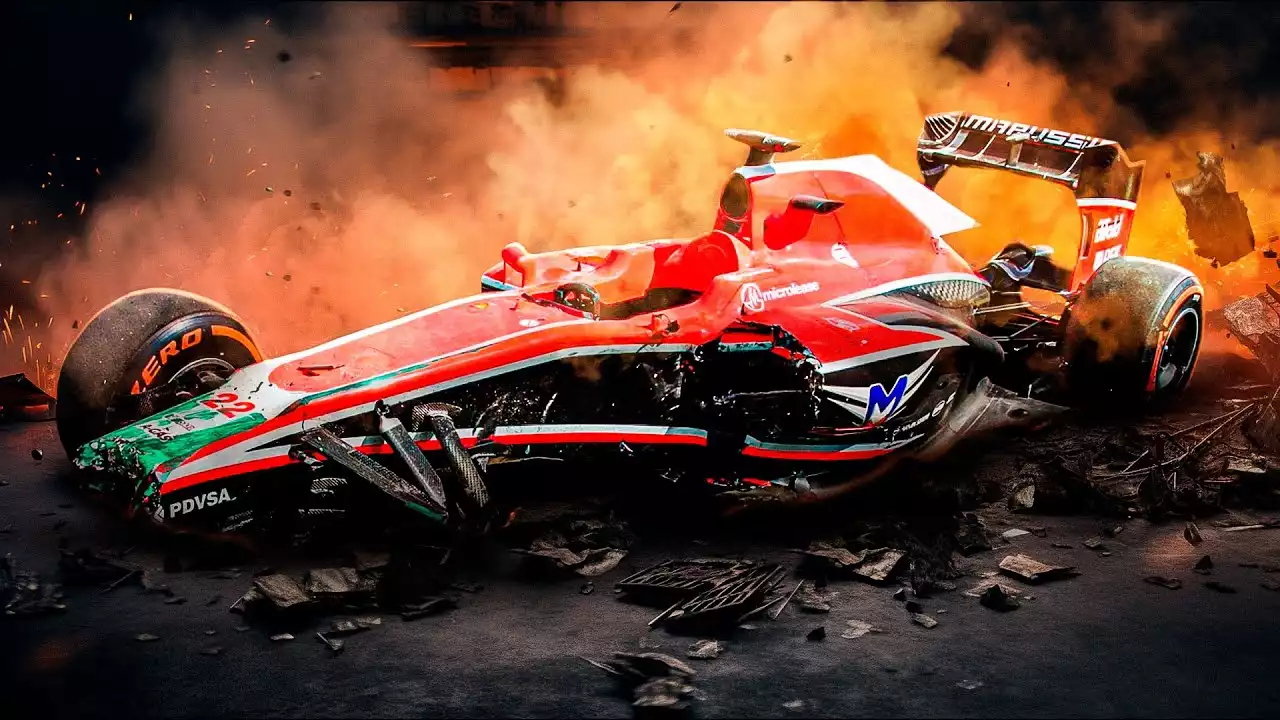The Evolution of F1 Car Design
In the early days of Formula One, car design was a relatively simple affair. The first F1 cars were essentially modified versions of road cars, with little in the way of aerodynamic features or high-tech materials. Instead, they relied primarily on raw power and lightweight construction to achieve top speeds. However, as the sport became more popular and the competition more fierce, teams began to experiment with new design ideas, leading to a series of major innovations and breakthroughs.
The Early Days of F1 Car Design
The earliest F1 cars were built using a space frame chassis, which consisted of a series of tubes welded together to form a lightweight, but strong, structure. These cars were typically powered by a front-mounted engine and rear-wheel drive, with little in the way of aerodynamic features or advanced suspension systems. Instead, they relied on a combination of power and agility to navigate the twists and turns of the race track.
One of the most iconic F1 cars of this era was the Lotus 25, which made its debut in 1962. Designed by the legendary engineer Colin Chapman, the Lotus 25 was a revolutionary car that set new standards for speed, handling, and performance. With its lightweight construction, advanced suspension system, and innovative aerodynamic features, the Lotus 25 quickly became the car to beat in the world of F1 racing.
The 1960s and 1970s - The Era of Experimentation
In the 1960s and 1970s, F1 car design entered a new era of experimentation, as teams began to explore new materials, technologies, and design philosophies. One of the key innovations of this era was the introduction of the rear-mounted engine, which allowed for better weight distribution and improved handling.
Another major development during this time was the rise of aerodynamics, with teams using wind tunnels and other advanced tools to create increasingly complex and effective aerodynamic features. This led to a series of iconic designs, such as the Lotus 49 and the Ferrari 312T, which featured sleek, aerodynamic shapes and advanced suspension systems.
The 1980s - The Rise of Aerodynamics
In the 1980s, F1 car design continued to evolve at a rapid pace, with teams placing an increased emphasis on aerodynamics and high-tech materials. One of the most important innovations of this era was the introduction of the ground effect, which allowed for even greater levels of downforce and cornering speed.
Another major development during this time was the use of carbon fiber composites, which allowed for stronger, lighter, and more rigid chassis designs. These materials were also used to create increasingly complex aerodynamic features, such as wings, diffusers, and side skirts, which helped to further enhance the performance of F1 cars.
The 1990s - The Reign of Electronic Systems
In the 1990s, F1 car design entered a new phase of technological innovation, with teams using increasingly advanced electronic systems to improve performance and optimize strategy. One of the key innovations of this era was the introduction of the semi-automatic gearbox, which allowed drivers to change gears more quickly and efficiently.
Another major development during this time was the use of telemetry systems, which allowed teams to monitor and adjust their cars' performance in real-time. This technology also paved the way for the introduction of traction control, launch control, and other advanced driver aids, which helped to further enhance the performance of F1 cars.
The 2000s - The Advent of Hybrid Technology
In the 2000s, F1 car design underwent another major shift, with teams focusing on the development of hybrid powertrains and other advanced technologies. One of the key innovations of this era was the introduction of KERS (Kinetic Energy Recovery System), which allowed cars to recover and reuse energy generated during braking.
Another major development during this time was the introduction of hybrid powertrains, which combined traditional gasoline engines with electric motors to create even more powerful and efficient cars. These hybrid systems also paved the way for the introduction of energy recovery systems, such as ERS (Energy Recovery System), which allowed for even greater levels of energy recovery and reuse.
The 2010s - The Dominance of Mercedes
In the 2010s, F1 car design was dominated by a single team: Mercedes. With their cutting-edge hybrid powertrains, advanced aerodynamic features, and relentless focus on performance, Mercedes dominated the sport like no other team before them. Their cars were faster, more efficient, and more reliable than anything else on the track, allowing them to win championship after championship with ease.
One of the key innovations of this era was the introduction of the DRS (Drag Reduction System), which allowed drivers to adjust the angle of their car's rear wing to reduce drag and increase speed on certain parts of the track. This technology, combined with Mercedes' other cutting-edge features, helped them to achieve unprecedented levels of success and dominance in the world of F1 racing.
The Future of F1 Car Design
So what does the future hold for F1 car design? As always, the sport is likely to continue evolving and advancing, with teams pushing the boundaries of what's possible in the pursuit of speed and victory. Already, there are signs of major changes on the horizon, with the introduction of new regulations aimed at improving overtaking and increasing competitiveness.
Some of the key innovations that we may see in the coming years include the use of even more advanced hybrid powertrains, the introduction of fully electric cars, and the adoption of new materials and technologies that allow for even greater levels of performance and efficiency. Whatever the future holds, one thing is certain: F1 car design will continue to be a place of innovation, experimentation, and boundary-pushing, as teams strive to create ever-faster and more advanced machines.
